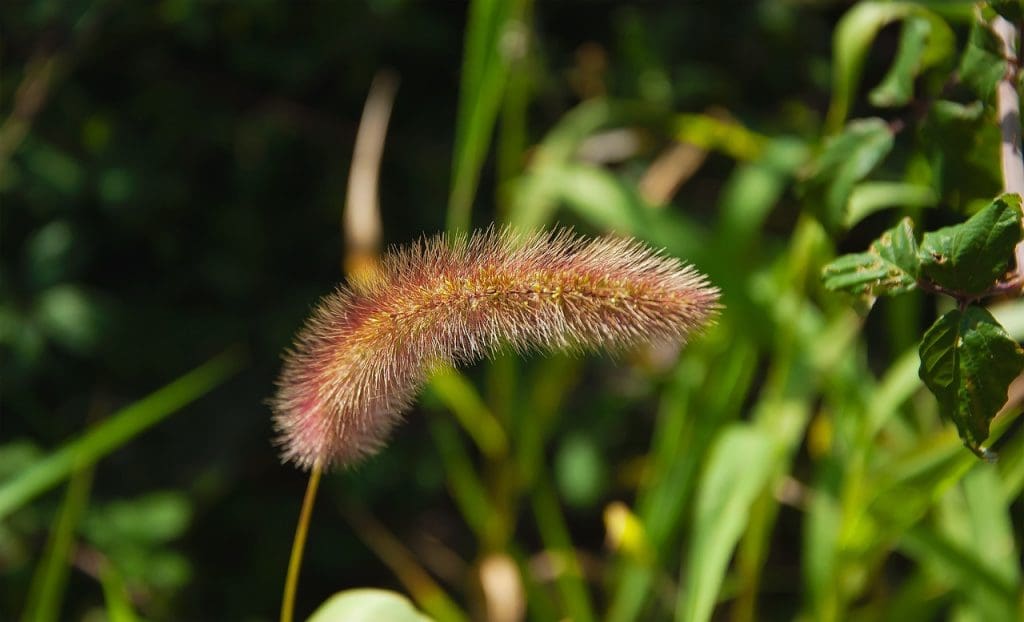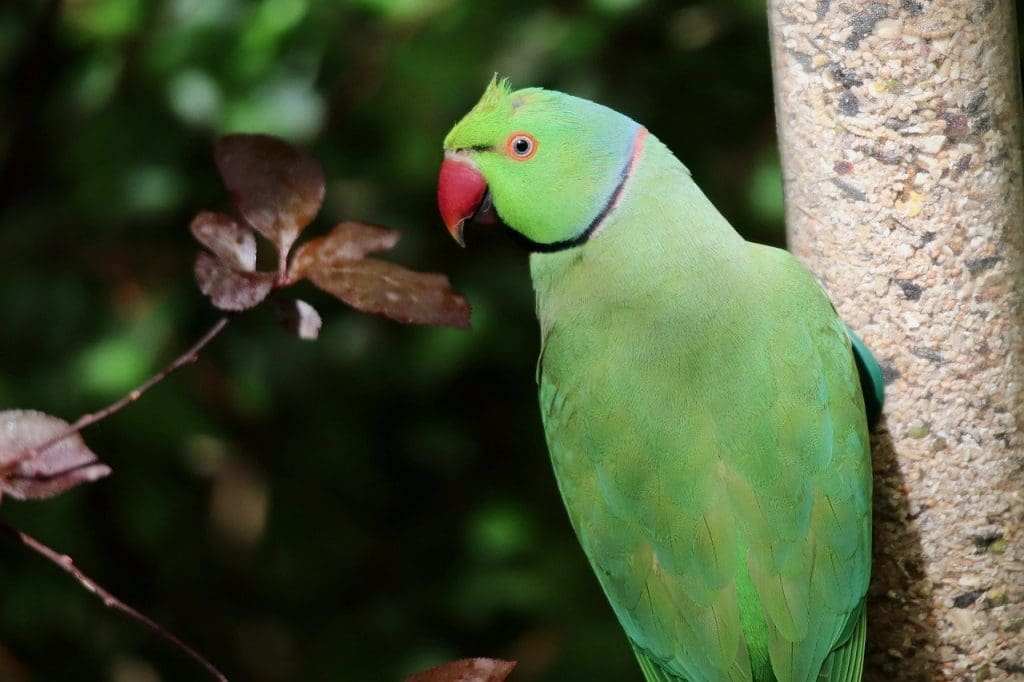In the article “Essential Steps for Combating Alligator Weed in Reservoirs,” you’ll find practical, easy-to-follow advice designed to help you tackle this invasive plant with confidence. Alligator weed can be a real headache, challenging the health and usability of your precious water bodies, but don’t worry—there are proven strategies to help you manage and mitigate its growth. From early identification techniques to effective removal methods, this guide will equip you with the essential knowledge to protect and preserve your reservoirs, ensuring they remain vibrant and beautiful for years to come. Have you noticed patches of green, mat-like floating vegetation in your reservoir? If you have, you could very well be dealing with Alligator Weed. Dealing with the pesky Alligator Weed can seem like a daunting task, but it’s important for the health of your reservoir and the aquatic life it supports.

Essential Steps For Combating Alligator Weed In Reservoirs
Alligator Weed (Alternanthera philoxeroides) is a pernicious aquatic perennial plant notoriously difficult to eradicate once it establishes itself in aquatic systems like reservoirs. If left unchecked, it can lead to a host of environmental problems, including decreased water quality and diminished biodiversity. Understanding how to effectively manage and eliminate this intrusive weed is essential for maintaining a healthy ecosystem.
What is Alligator Weed?
Before diving into management techniques, it’s crucial to understand what Alligator Weed is and why it’s a problem. Alligator Weed is native to South America but has become a highly invasive species in many parts of the world. It grows both in water and on land, forming dense mats that can clog waterways, disrupt irrigation systems, and displace native plants.
Recognizing Alligator Weed
To effectively combat Alligator Weed, you need to be able to identify it. The plant has long, hollow stems that can float on water and sprawl across land. The leaves are opposite, simple, and elliptical, typically 2-7 cm long. Alligator Weed blooms with small, white, papery flowers clustered in the leaf axils, usually between spring and autumn.
Why is Combating Alligator Weed Important?
Alligator Weed poses several significant threats:
- Environmental Impact: It can quickly take over a reservoir, blocking sunlight and reducing oxygen levels, which harms aquatic life.
- Economic Consequences: It can impede water flow in irrigation channels and ditches, leading to costly maintenance and decreased agricultural productivity.
- Health Hazards: Stagnant water in dense Alligator Weed mats can become breeding grounds for mosquitoes, contributing to the spread of diseases.
Detailed Steps to Combat Alligator Weed
Successfully combating Alligator Weed involves an integrated management approach that combines mechanical, chemical, and biological methods.
1. Mechanical Control
Mechanical control involves physically removing the Alligator Weed from the reservoir.
Manual Removal
Manual removal can be effective for small infestations. Use tools like rakes and cutters to pull out the weed from the water. This method is labor-intensive but can be efficient if done promptly.
- Advantages: Immediate impact, no chemicals
- Disadvantages: Labor-intensive, can be impractical for large infestations
Steps for Manual Removal:
- Identify Infested Areas: Map out the sections of the reservoir where the Alligator Weed is present.
- Equip Yourself: Use long-handled rakes or specialized aquatic weed cutters.
- Pull Carefully: Gently pull the weeds from the roots to ensure minimal leftover fragments.
Mechanical Harvesting
For larger infestations, utilizing mechanical harvesting equipment like aquatic weed harvesters can be more effective.
- Advantages: Efficient for large areas
- Disadvantages: High cost, requires specialized equipment
Steps for Mechanical Harvesting:
- Assess the Infestation: Determine the extent of the infestation to select the appropriate machinery.
- Operate Harvesters: Use mechanical harvesters to cut and collect the weed.
- Dispose of Debris: Ensure that the collected weed is disposed of properly, ideally by composting or incineration.
2. Chemical Control
Chemical control methods involve using herbicides to manage the growth and spread of Alligator Weed.
Selecting Appropriate Herbicides
There are several herbicides effective against Alligator Weed. Always choose one approved for use in aquatic environments.
Common Herbicides:
| Herbicide Name | Active Ingredient | Application Notes |
|---|---|---|
| Glyphosate | Glyphosate | Effective, but non-selective. Use with caution. |
| Imazapyr | Imazapyr | Effective, relatively low toxicity to fish. |
| 2,4-D Amine | 2,4-D Dimethylamine | Effective, selective for broadleaf plants. |
Application Guidelines:
- Conduct a Small Test: Apply herbicide to a small section first to gauge its effectiveness.
- Follow Instructions: Always adhere to the manufacturer’s instructions regarding dosage and application methods.
- Monitor Results: Regularly check treated areas to assess the effectiveness and reapply if necessary.
Advantages and Disadvantages of Chemical Control
- Advantages: Can be effective for large and difficult-to-reach infestations, relatively quick results.
- Disadvantages: Potential environmental impact, may require multiple applications, non-selective herbicides can harm other plants.
3. Biological Control
Biological control involves using natural enemies of Alligator Weed to manage its growth.
Utilizing Insects
Two insects have been particularly effective in controlling Alligator Weed:
- Alligator Weed Flea Beetle (Agasicles hygrophila): This beetle feeds on the leaves, stems, and roots, leading to significant reductions in weed biomass.
- Alligator Weed Thrips (Amynothrips andersoni): Thrips also feed on the plant, causing leaf and stem damage that weakens the weed.
Steps to Introduce Biological Agents:
- Source the Insects: Obtain the biological agents from reliable suppliers.
- Introduce in Infested Areas: Release the insects in areas with dense Alligator Weed growth.
- Monitor Population: Keep track of insect populations and their impact on the weed.
Advantages and Disadvantages of Biological Control
- Advantages: Environmentally friendly, sustainable over the long term.
- Disadvantages: Slow process, may not completely eradicate the weed, dependent on the conditions being right for the biological agents to thrive.

Integrated Pest Management (IPM)
Combating Alligator Weed is most effective when mechanical, chemical, and biological controls are used in combination. This integrated approach targets the weed from multiple angles, reducing the likelihood of resistance development and ensuring long-term management.
Steps for IPM
- Assessment and Planning: Evaluate the extent of the infestation and develop a comprehensive plan utilizing multiple control methods.
- Implement Mechanical and Chemical Controls: Start by physically removing as much of the weed as possible followed by targeted herbicide application.
- Introduce Biological Controls: Release biological agents to manage regrowth organically.
- Monitor and Adapt: Regularly check the effectiveness of each method and adjust the plan as necessary.
| Mechanical Control | Chemical Control | Biological Control | |
|---|---|---|---|
| Advantages | Immediate results, no chemicals | Effective for large areas, quick | Environmentally friendly, sustainable |
| Disadvantages | Labor-intensive, may not be feasible for large areas | Potential environmental impact, requires caution | Slow process, dependent on biological agent success |

Preventing Future Infestations
Prevention is better than cure when it comes to managing Alligator Weed. Here are some effective strategies to prevent future infestations:
Regular Monitoring
Frequent monitoring of the reservoir is essential to catch early signs of Alligator Weed beginning to establish itself.
Steps for Monitoring:
- Scheduled Inspections: Set up a regular inspection schedule (e.g., monthly) to check for new growth.
- Use of Technology: Employ drones or satellite imagery for large reservoirs to assist in spotting infestations early.
- Document Findings: Keep detailed records of any findings to track the effectiveness of your management practices.
Habitat Management
Managing the habitat can make the environment less hospitable to Alligator Weed.
Steps for Habitat Management:
- Maintain Water Flow: Ensure that water flow is unhindered, as stagnant water provides an ideal breeding ground for Alligator Weed.
- Control Nutrient Levels: Reduce nutrient levels in the water, as high nutrient levels can promote weed growth.
Public Awareness
Educate stakeholders and the community about Alligator Weed and its impacts.
Steps for Promoting Awareness:
- Inform the Public: Use signs, brochures, and community meetings to inform the public about the importance of preventing the spread of Alligator Weed.
- Promote Best Practices: Advocate for responsible water usage and disposal practices.
The Importance of Early Action
One of the most critical aspects of combating Alligator Weed is early detection and intervention. The earlier you spot and begin to manage an infestation, the more manageable and less costly it will be. Even if a thorough monitoring program is in place, having stakeholders educated and vigilant will improve the chances of early detection.

Conclusion
Facing an Alligator Weed infestation in your reservoir can be a significant challenge. However, through a concerted effort combining manual, mechanical, chemical, and biological control methods, you can mitigate its impact and eventually reclaim the health of your aquatic environment. Remember, the key to successful management lies in an integrated approach complemented by consistent monitoring and preventive measures.
By staying proactive and being informed about the essential steps for combating Alligator Weed in reservoirs, you’ll be better equipped to protect your water resources and maintain ecological balance. Happy reservoir management!

